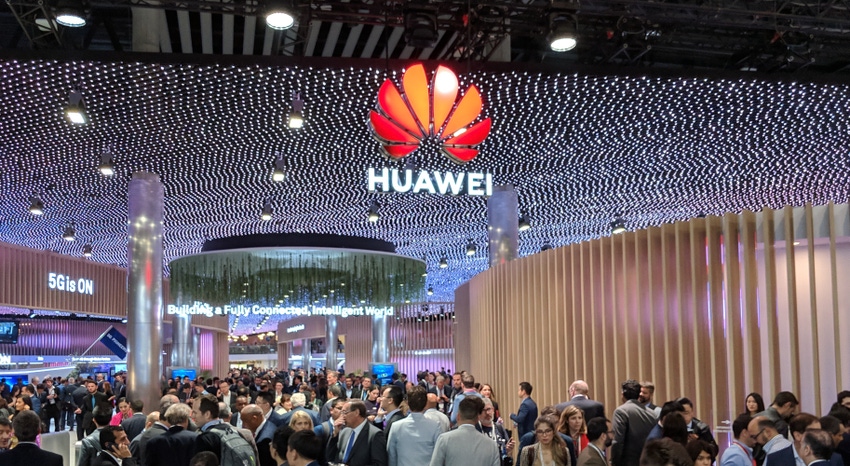At its Connect Conference in Shanghai, Huawei executives attempted to put themselves on the front-foot with a $1.5 billion commitment to lure developers into its computing platforms.
September 18, 2019

At its Connect Conference in Shanghai, Huawei executives attempted to put themselves on the front-foot with a $1.5 billion commitment to lure developers into its computing platforms.
This is one of the more notable challenges the business will face if it has to shift over to new operating systems. The technology might be fantastic, but if there isn’t the developer community and application ecosystem to back it up, there is little value. This is a massive consequence of Huawei’s entry onto the US Entity List, banning it from working with US suppliers, and should not be under-estimated.
The smartphone is the most obvious area to discuss, but there are others such as PCs and the developing IOT ecosystem. If Huawei is banned from using popular operating systems in these areas, its own version, Harmony OS, will have to suffice. If Harmony OS is to succeed, it needs developers to create products and applications which are compatible with it. With the additional funds, Huawei is aiming to increase the pool of developers it works with from 1.3 million to 5 million.
Looking at the rumours with the latest flagship smartphone, the Mate 30, it has been suggested the device will be delivered without any Google applications pre-loaded on the device. We’ll all find out in a matter of hours, though Huawei seems to be getting around the ban by including an open-source version of the Play Store on the device. This is not a long-term solution for Huawei, but it might suffice while it works on making the Harmony OS software and ecosystem battle-ready.
This is of course only one element of the Huawei business strategy moving forward. It is anticipating aggressive growth in the ‘Intelligence’ segment, and it does appear its enterprise business is going to get a supercharge moving forward.
This would appear to be a very sensible move for Huawei, as while it has dominated the network infrastructure market and made significant progress for consumer devices, it is little more than an ‘also-ran’ for enterprise. With numerous businesses becoming increasingly driven by digital models and technology, as well as the telcos aggressively promoting the promise of connectivity for future fortunes, there is a significant opportunity for growth.
“In terms of Huawei’s investment, they’re equally important,” Rotating Chairman Ken Hu said. “In the past, we mostly talked about connections. Today I’d like to focus on computing.”
If you are talking about autonomous driving, astronomy, and weather forecasting, the demand for compute power is only going to increase. Intelligence is going to be embedded on an increasingly large number of products moving forward, not simply limited to the cloud. And soon enough, the computing ecosystem is going to have to be a lot more collaborative.
All of these areas offer a lot of promise for those who can create solutions, cost effectively, to enable businesses to make money in the digitally-defined economy. For Huawei, this means new products in the semiconductor market, shifting to a more virtualised business model, opening up hardware products for customisable solutions and creating an opensource ecosystem to back-up the business.
Anyone reading these comments from Hu might think the business has just given up on telecoms infrastructure due to pressure from the US. This will never be the case, but often enough pressure forces innovative companies to find new ways to make money. We suspect this is the case at Huawei.
About the Author(s)
You May Also Like








.png?width=300&auto=webp&quality=80&disable=upscale)


_1.jpg?width=300&auto=webp&quality=80&disable=upscale)


.png?width=800&auto=webp&quality=80&disable=upscale)